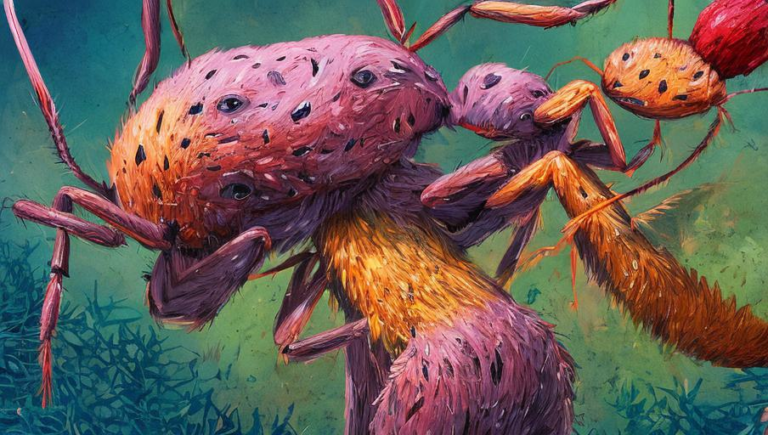Ongoing Research: New Developments in Bat Conservation

Surprising Facts About Bats
Bats are one of the most unique creatures on Earth, with many interesting facts that can surprise even the most knowledgeable animal lover. Bats are the only mammals capable of true flight and use echolocation to navigate their environment. They can also live for up to 30 years and can have up to 100 offspring in a single maternity colony. Bats are essential to the health of our planet, as they are one of the most important pollinators and help curb insect populations.
The Threats to Bats
Despite their importance, bats are facing numerous threats. One of the biggest threats is loss of habitat due to deforestation, urbanization, and climate change. Many bats are also killed by humans due to habitat destruction, hunting, and accidental entrapment. Additionally, some species of bats are threatened by disease, such as white-nose syndrome, which has decimated some colonies in North America.
New Developments in Bat Conservation
Fortunately, there have been some exciting developments in bat conservation in recent years. For example, in the United States, the Fish and Wildlife Service has created a new program, the Recovering America’s Wildlife Act, which would provide funding to state and tribal governments to protect and restore habitats for at-risk species, including bats. Additionally, organizations such as Bat Conservation International are working to educate the public about bats and their importance, as well as to create conservation plans for specific species.
The Future of Bat Conservation
Though there is still much work to be done, it is clear that we are making strides in protecting bats and their habitats. With continued education, funding, and policy changes, we can ensure that bats remain part of our environment for generations to come. It is up to us to ensure that bats have a safe place to live and thrive.





